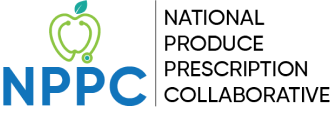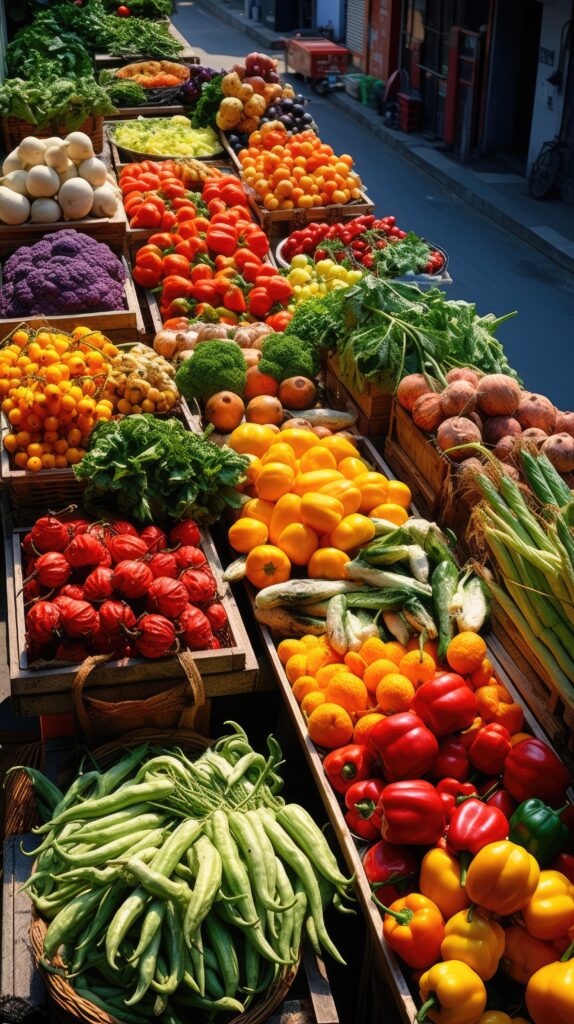Few produce prescription programs have taken place in rural areas, in the context of existing public health programs. Thus, the purpose of this mixed-methods study was to examine voucher redemption rates, change in fruit and vegetable intake, and suggestions for improvement among participants enrolled in a produce prescription program occurring in existing public health programs throughout rural eastern North Carolina. We examined voucher redemption rates and conducted pre- (n = 125) and post-intervention surveys assessing fruit and vegetable intake. t-tests were used to examine changes in intake pre- versus post-intervention among 50 participants. Participants (n = 32) also completed a semi-structured, telephone interview. Qualitative data were thematically analyzed to determine potential improvements. The overall voucher redemption rate was 52%. There was a 0.29 (standard deviation = 0.91, p = 0.031) cup increase in self-reported fruit intake comparing post- to pre-intervention data. Qualitative analyses indicated that participants enjoyed the financial benefits of the program and wanted it to continue. The produce prescription program was successful in increasing self-reported fruit intake among participants. More research is needed to determine if changes in intake persist when measured objectively, and on best methods for the program’s financial sustainability.
Read The Full Article at Nutrients






